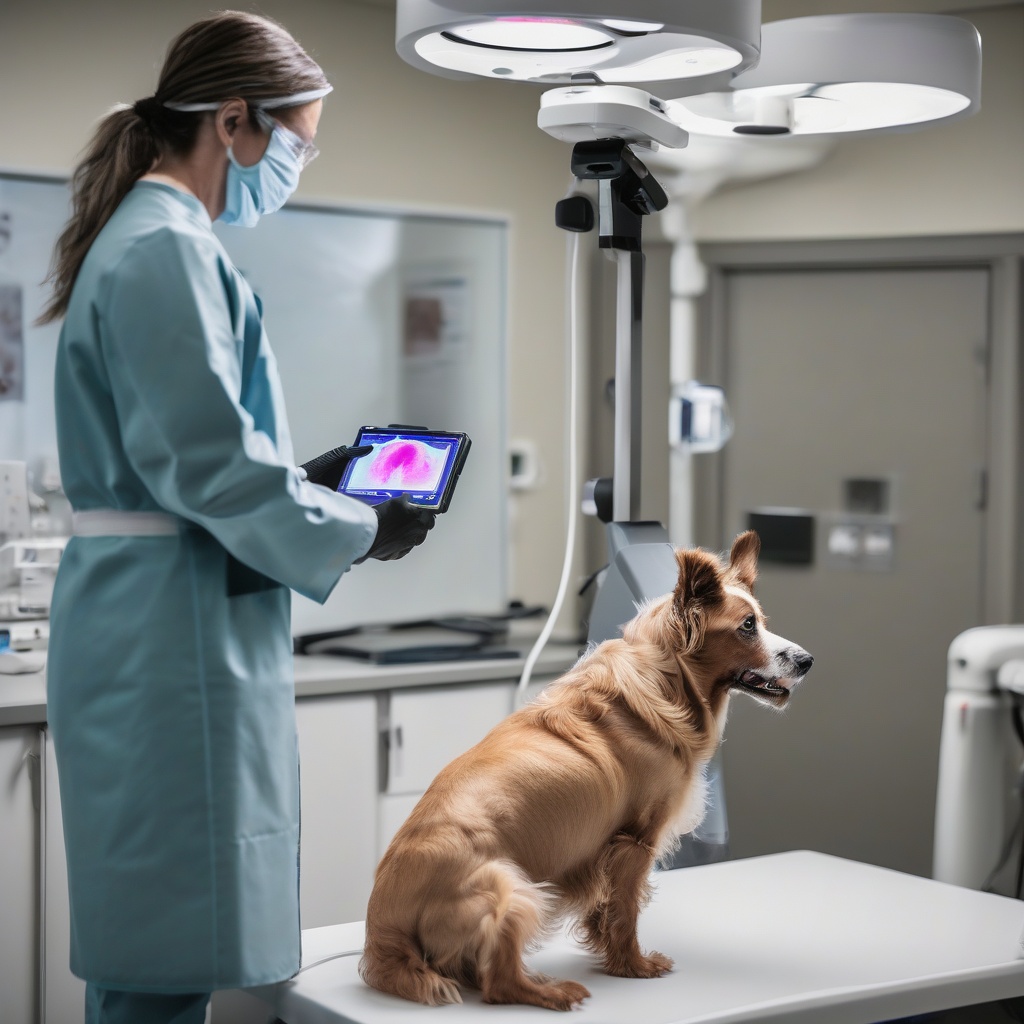Breakthrough Cancer Study to Revolutionize Treatment for Animals and Humans Alike with New Technology
A groundbreaking study in cancer diagnosis is making waves in the medical community, bringing new hope to both animals and humans. A recent advancement in thermal imaging technology, powered by Artificial Intelligence (AI), is set to significantly improve the detection and diagnosis of cancer, specifically Mast Cell tumors. This innovation is the result of a collaborative effort between researchers and clinicians, aiming to enhance the accuracy and efficiency of cancer screening in-clinic.
The Current Challenges in Cancer Diagnosis
Cancer diagnosis is a complex and often challenging process. Traditional methods, such as biopsies and imaging tests, can be invasive, expensive, and sometimes inconclusive. Mast Cell tumors, in particular, are notorious for their unpredictability and potential to mimic other conditions, making accurate diagnosis a significant hurdle. For animals, the stakes are high, as delayed or inaccurate diagnosis can lead to prolonged suffering and reduced treatment options.
The Power of Advanced Thermal Imaging
Thermal imaging, also known as thermography, has long been used in various medical applications to detect temperature anomalies in the body, which can indicate inflammation, infection, or cancer. The latest breakthroughs in this field have led to the development of advanced thermal imaging systems that can capture high-resolution images of the body’s thermal patterns. When combined with AI-powered analysis, these systems can identify subtle changes that may not be visible to the naked eye.
How AI is Supporting Cancer Screening
Artificial Intelligence (AI) is revolutionizing cancer screening by enabling the rapid analysis of large datasets and images. In the context of thermal imaging, AI algorithms can quickly process images to identify patterns and anomalies that may indicate cancer. This technology has the potential to significantly enhance the accuracy and speed of cancer diagnosis, allowing clinicians to make more informed decisions and develop effective treatment plans.
The Benefits for Animals and Humans
The impact of this breakthrough will be felt across species. For animals, the ability to accurately diagnose Mast Cell tumors and other cancers earlier will lead to improved treatment outcomes and enhanced quality of life. In humans, this technology has the potential to improve cancer diagnosis and treatment, particularly in cases where traditional methods are inconclusive or invasive.
- Early Detection: Advanced thermal imaging and AI-powered analysis enable early detection of cancer, improving treatment outcomes and survival rates.
- Non-Invasive: This technology offers a non-invasive alternative to traditional diagnostic methods, reducing the risk of complications and discomfort.
- Improved Accuracy: AI-powered analysis enhances the accuracy of cancer diagnosis, reducing the likelihood of false positives or false negatives.
The Future of Cancer Diagnosis
As this technology continues to evolve, we can expect to see significant advancements in cancer diagnosis and treatment. The integration of AI and thermal imaging has the potential to revolutionize the field, enabling clinicians to make more accurate diagnoses and develop targeted treatment plans.
According to a recent study published in dvm360, this breakthrough has the potential to transform the way we approach cancer diagnosis and treatment. Read the full article here.
Conclusion
The breakthrough cancer study harnessing advanced thermal imaging and AI-powered analysis is a significant step forward in the fight against cancer. By improving the accuracy and efficiency of cancer diagnosis, this technology has the potential to transform the lives of animals and humans alike. As research continues to advance, we can expect to see even more innovative applications of this technology, leading to better treatment outcomes and enhanced quality of life for all.



